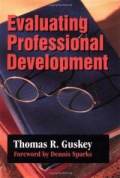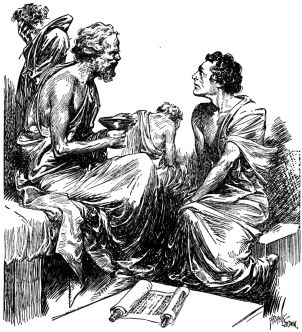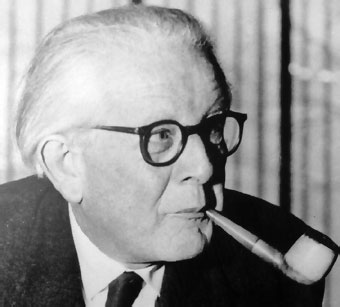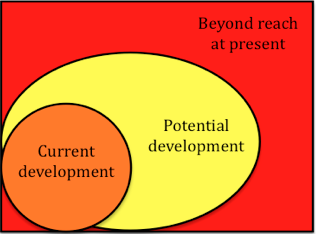“Teachers are designers. An essential act of our profession is the crafting of curriculum and learning experiences to meet specified purposes.”
-Wiggins & McTighe, 2005
Three years ago I worked with a team of instructional leaders from the North Vancouver School District in developing an after school workshop series for educators called “Designing Curriculum for Deep Learning and Diversity“. The goal of the series was to introduce teachers to McTigue and Wiggin’s Understanding by Design model that had been gaining momentum across the US and Canada.
 Another major goal for the series was to emphasize the importance of planning for diverse learners, with differentiated instruction and assessment strategies built into every curriculum, using the Universal Design for Learning framework.
Another major goal for the series was to emphasize the importance of planning for diverse learners, with differentiated instruction and assessment strategies built into every curriculum, using the Universal Design for Learning framework.
Interest in the in-service series in 2010 was high, with over 100 people registering and attending a total of five after school sessions in their school teams. At the first workshop a secondary teacher pointed out that the name of the series was too long. He suggested we consider something shorter that could roll off people’s tongues. At the time we were living the Olympic dream in Vancouver, so everything had a catchy name ending in 2010. “How about Designs 2010?” he suggested. I agreed and the name stuck.
Feedback from the Designs 2010 series was very positive. Teachers expressed an interest in continuing to explore UbD as a model for curriculum design the following year. Designs 2011, developed and facilitated by teacher leaders who attended the 2010 series, offered participants the opportunity to collaborate in grade (elementary) or subject (secondary) specific groups on the development of UbD unit plans. The Designs 2011 series helped deepen educators’ understanding of backward curriculum design and led to the development of several district UbD planning tools and shared resources.
During job action in 2012 teachers were not able to attend any district-led in-service. I wondered if it would be possible to revive the interest in curriculum design a year later. In fall 2012, with the strike behind us, and in my new role as Director of Instruction for Learning Services, I began to notice a renewal of interest among teachers in after school in-service. It was time to start planning for Designs 2013…
The growing interest among North Vancouver teachers in the Project-Based Learning (PBL) model was hard to ignore. A group of administrators had visited High Tech High in the spring of 2012 and had introduced their staff to PBL through photos and stories. Some schools had even organized their own trips to HTH for their staff members in the fall of 2012. The wave was catching on, but was still isolated to certain corners of the district.
At the same time, I was beginning my doctoral research in PBL at one of our schools. I was interested in following the story of implementation for this group of teachers who had been asked to consider Project-Based Learning as a way of increasing student engagement and academic achievement in a secondary alternative education setting. In particular, my research was going to focus on professional development support for the successful implementation of PBL.
The choice of Project-Based Learning as a focus for the Designs 2013 series seemed obvious to me given the emergent interest in the field and the direct links to our previous work in UbD. Yet I still wasn’t convinced that knowledge or understanding of the PBL model had spread far enough in our school district to attract a critical mass of teachers to a three part after-school series. It took a strong team of teacher leaders, with a passionate interest in PBL, to develop a framework for the in-service. In early January we sent out the Designs 2013 Poster. We were happily surprised when, within a month, over 130 educators registered for the series!
This in-service was truly designed by teachers, for teachers. Session 1 provided participants with an overview and frameworks for PBL, while sessions 2 and 3 focused on exploring examples and stories of PBL designs from North Vancouver classrooms, and structuring opportunities for teachers to practise developing and fine-tuning their own PBL designs. Participants left with a list of Project Based Learning Resources that included links to PBL videos, frameworks and templates for planning. Teachers were grateful for the opportunity to do their own background reading online in between sessions. We also created a Linoit board for participants to post questions and links to other resources.
The Designs 2013 series wrapped up this week and we are now in the process of gathering feedback from participants. So far, the reviews have been really positive. This is extremely satisfying for our leadership team, who worked hard to design an in-service that would be deeply meaningful and impactful for teachers. But we are still left with the question: “Now what?”
For some reason, we have been successful in getting teachers to participate in the district “Designs” series. Perhaps it is because the “Designs” brand really has caught on, or because the topic of curriculum design has more universal appeal for teachers than other aspects of teaching (literacy instruction, assessment, etc.)
Nonetheless, we know from research that in order for professional development to be effective and sustainable, district-level workshops are not enough. Teachers who attended the series need to continue exploring PBL through meaningful, collaborative, and on-going learning opportunities with their colleagues, either at the school level, or through facilitated cross-district sessions.
More importantly, how do we measure the effectiveness over time of this in-service series? Having participants answer a few questions in a feedback form will tell us how they liked the workshops, but won’t necessarily provide evidence with respect to a change in practice in classrooms across the school district. Nor will the feedback from the series provide any evidence of increased student achievement as a result of the implementation of PBL in classrooms.
I am reminded of Thomas Guskey’s Five Levels of Professional Development Evaluation and wonder if there is a way for us to dig deeper or reach higher in our evaluation of the Designs series. It’s a good inquiry question for us to grapple with as a leadership team.

Sergiovanni (1995) said, “ Students learn best by doing, and doing is best when it is lifelike – When it involves engagement with real or near real problem solving.” This is also true for teachers. They need time and support to work with colleagues on the development of new curriculum design.
Like the PBL model itself, effective curriculum design is hard work. It requires a high level of engagement in problem solving, creativity, and collaboration with peers. Above all, it requires support over time in order to be sustainable.
The best school systems in the world are now investing in professional development for teachers that enables them to collaborate on curriculum design. In Finland teachers have opportunities to engage in joint curriculum planning and approve school-level curriculum. “The importance of curriculum design in teacher practice has helped shift the focus of professional development from fragmented inservice training toward more systemic, theoretically grounded, school-wide improvement efforts” (Darling-Hammond & Rothman, 2011).
Many of the participants in the Designs 2013 series are already asking for this kind of investment and support from the school district in implementing more inquiry and project-based designs for learning.
It behooves us to find a way to make it happen.
Darling-Hammond, L. & Rothman, R. (2011). Teacher and Leader Effectiveness in High Performing Education Systems. SCOPE.
Guskey, T. R. (2000). Evaluating Professional Development, Corwin Press.
Sergiovanni, T. (1995). The principalship: A reflective practice perspective, Allyn & Bacon.
Wiggins, G. & McTigue, J. (2005). Understanding by Design. ASCD.





























